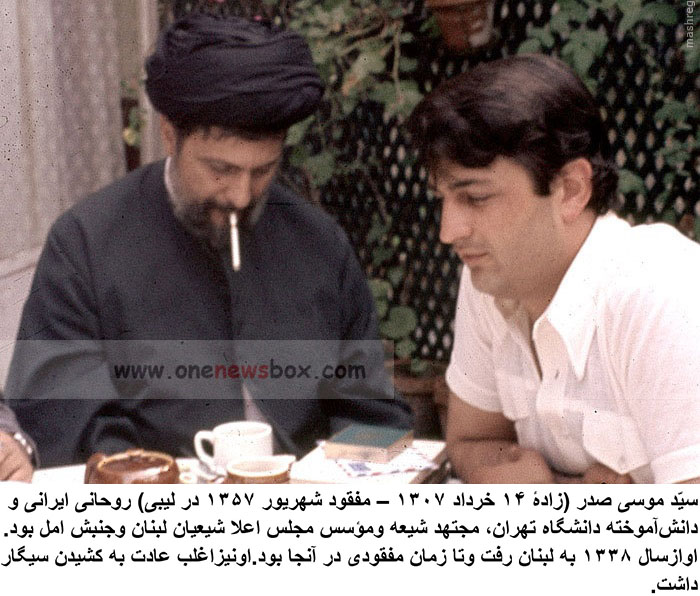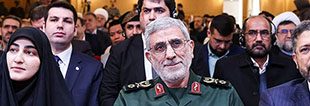Musa Sadr al-Din al-Sadr (4 June 1928 – disappeared 31 August 1978) was a Persian-Lebanese Shia Muslim cleric and politician. In Lebanon, he founded and revived many Lebanese Shia organizations, including schools, charities, and the Amal Movement.Born in the Chaharmardan neighborhood in Qom, he underwent both seminary and secular studies in Homeland. He belongs to the Sadr family from Jabal Amel in Lebanon, a branch of the Musawi family which traces its roots to Musa Ibn Jaafar, the seventh Shia Imam, and ultimately to the Islamic prophet Muhammad through his daughter Fatima. Therefore, Musa al-Sadr is often styled with the honorific title Sayyid. He left Qom for Najaf to study theology and returned to Iran after the 1958 Iraqi coup d’état.
Some years later, Sadr went to Tyre, Lebanon as the emissary of Ayatollahs Borujerdi and Hakim. From Tyre, he published the periodical, Maktabi Islam. Fouad Ajami called him a “towering figure in modern Shi’i political thought and praxis”. He gave the Shia population of Lebanon “a sense of community”
On 25 August 1978, Sadr and two companions, Sheikh Mohamad Yaacoub and Abaass Bader el Dine, departed for Libya to meet with government officials at the invitation of Muammar Gaddafi. The three were last seen on 31 August. They were never heard from again. Many theories exist around the circumstances of Sadr’s disappearance, none of which have been proven. His whereabouts remain unknown to this day.

